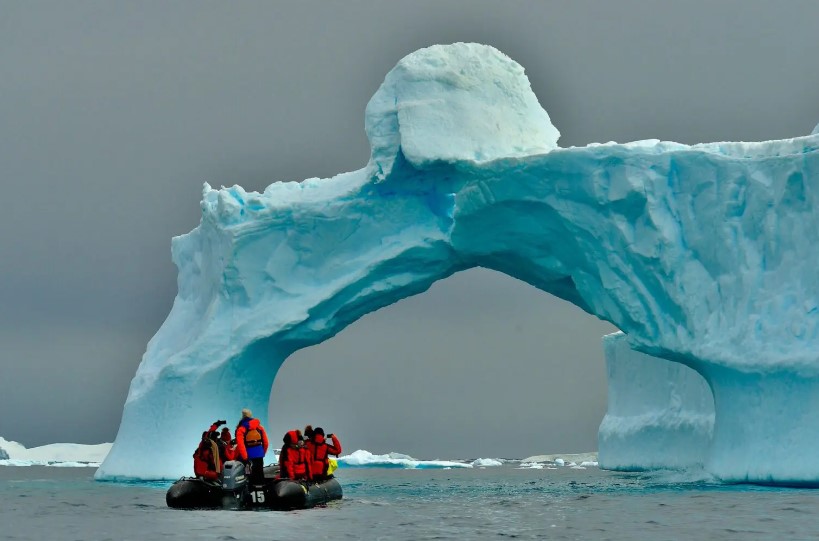The study uses data from 78 ice cores
(sustainabilityenvironment.com) – Antarctica is also warming faster than the rest of the Planet. Not at the level of the North Pole, where global warming travels 4 times faster than average. But still at twice the rate of other regions of the Earth. This is stated by a study published recently in Nature Climate Change, the first to reconstruct in a solid way the warming trends of Antarctica.
So far, the impact of the climate crisis on the frozen continent has been a subject to be treated with great caution. A bit because of the lack of data: there are significant and systematic ones only for some regions of Antarctica, but it is not enough to draw conclusions about the entire South Pole (although the changes recorded go beyond simple natural variability, therefore an anthropogenic impact is there and is visible). Across the South Pole, there are only 23 data collection stations, of which only 3 are on the mainland and with historical series of just 50 years. A bit for the fluctuations between one year and another, even in the extent of the surface of sea ice, which do not help to detect any certain trend.
78 ice cores to understand the warming of Antarctica
To get around these problems, the authors of the study relied on the cores of the ice cover and were able to reconstruct, thanks to 78 “carrots“, the variations in the climate of the South Pole in the last 1000 years. Thus the “photograph” of the warming of Antarctica is far more complete and sharp. And hardly reassuring.
Analysis of ice cores shows that the South Pole is warming at a rate that fluctuates between 0.22 and 0.32 ºC every decade. A fork that is worth about twice the warming estimated by the Intergovernmental Panel on Climate Change as a global average, namely between 0.14 and 0.18°C per decade. Then there is an even more important aspect that emerges from the new analysis. The actual warming rate of Antarctica is 20-50% higher than assumed by the forecast models used by the IPCC. Even in the eastern part of the continent, where until now it was believed that the impact of anthropic climate change was almost negligible.

